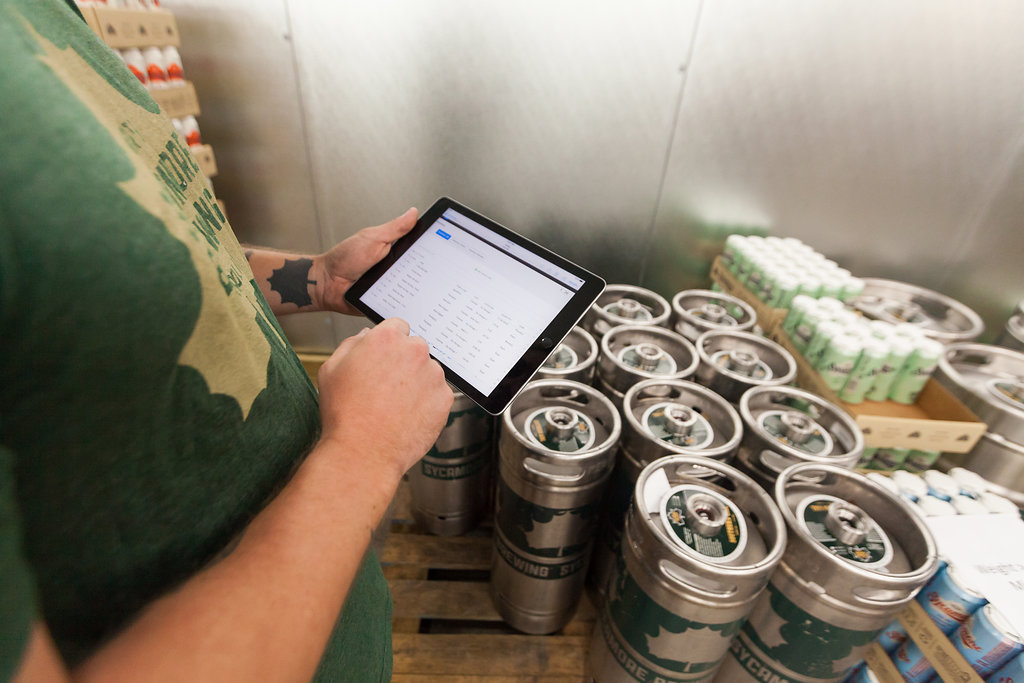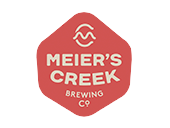When your team has spent countless hours on the planning and production of your beer or wine, it’s satisfying to have sales orders rolling in. What’s not satisfying is the actual process of managing sales orders, particularly if you self-distribute to many retailers, restaurants, and bars. You need impeccable attention to detail, and a lot of patience, to keep things organized. If you can improve efficiency in this area, you can give time back to your sales reps to focus on finding new customers and maintaining existing relationships.
Here are our tips for streamlining the sales order process.
Tip 1: Keep Accurate Inventory Records
This should be a no-brainer, but you’d be surprised how many alcohol producers fail at inventory management. This obviously doesn’t just affect the sales side of your business, but it is vital for minimizing frustration when it comes to fulfilling sales orders. Think about it: If you don’t know what’s available to sell, how can you sell it?
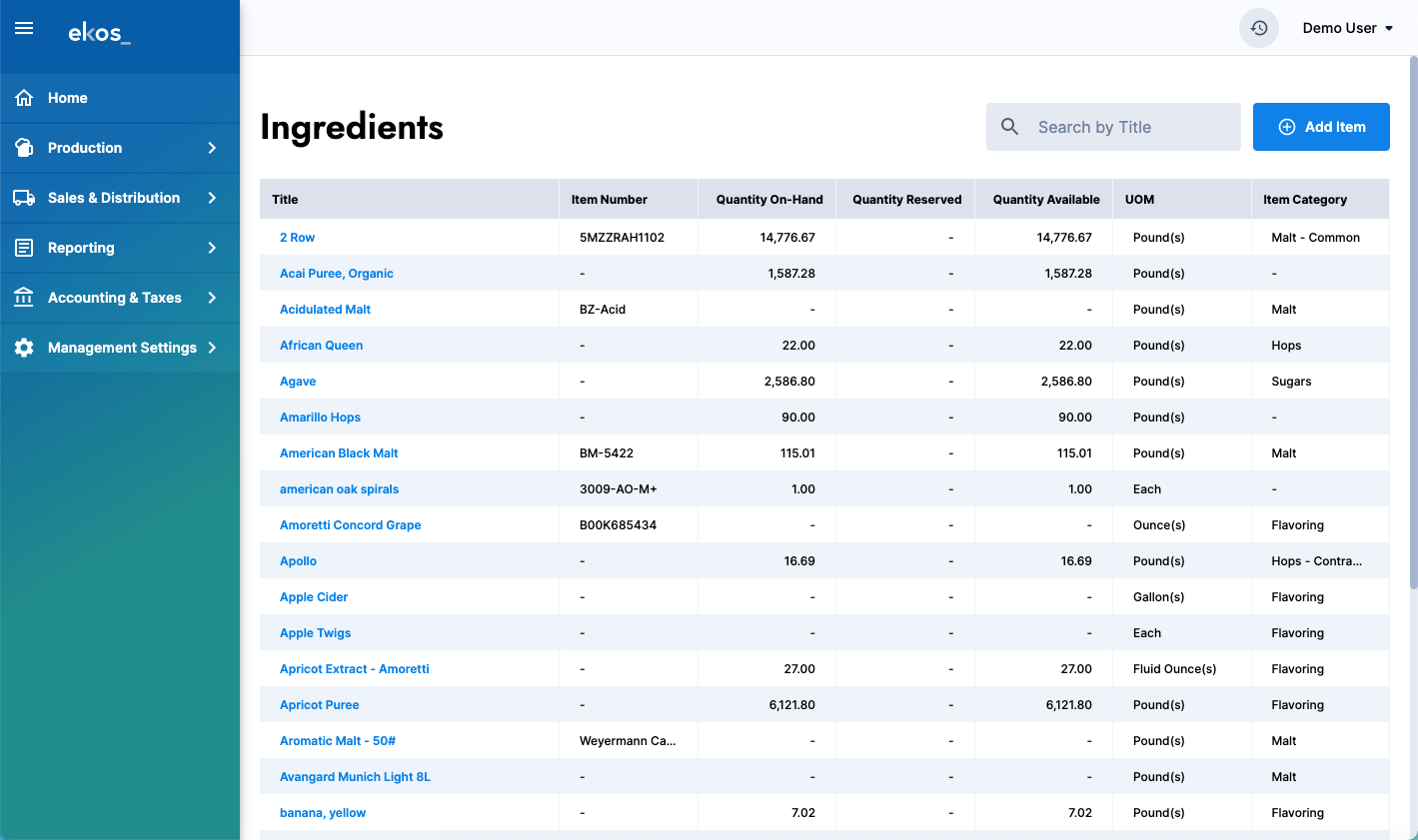
You should be using an inventory management system to track inventory all the way from ingredients through production and on to finished goods. This will help your sales team know how much of each beer or wine is available to sell and in what packaging types (bottles, cans, kegs, etc.). Plus, with that information in a centralized system, you can avoid random texts, emails, or phone calls among team members trying to figure out whether there’s enough inventory to fulfill the latest customer request.
Pro tip: Build good habits early. Even if your brewery or winery is on the smaller side, you should be planning for the future if you hope to scale production or expand your distribution. Putting foundational processes in place — like inventory management — will be invaluable as you look to grow your business later on.
Tip 2: Track Customer Information & Sales Activities
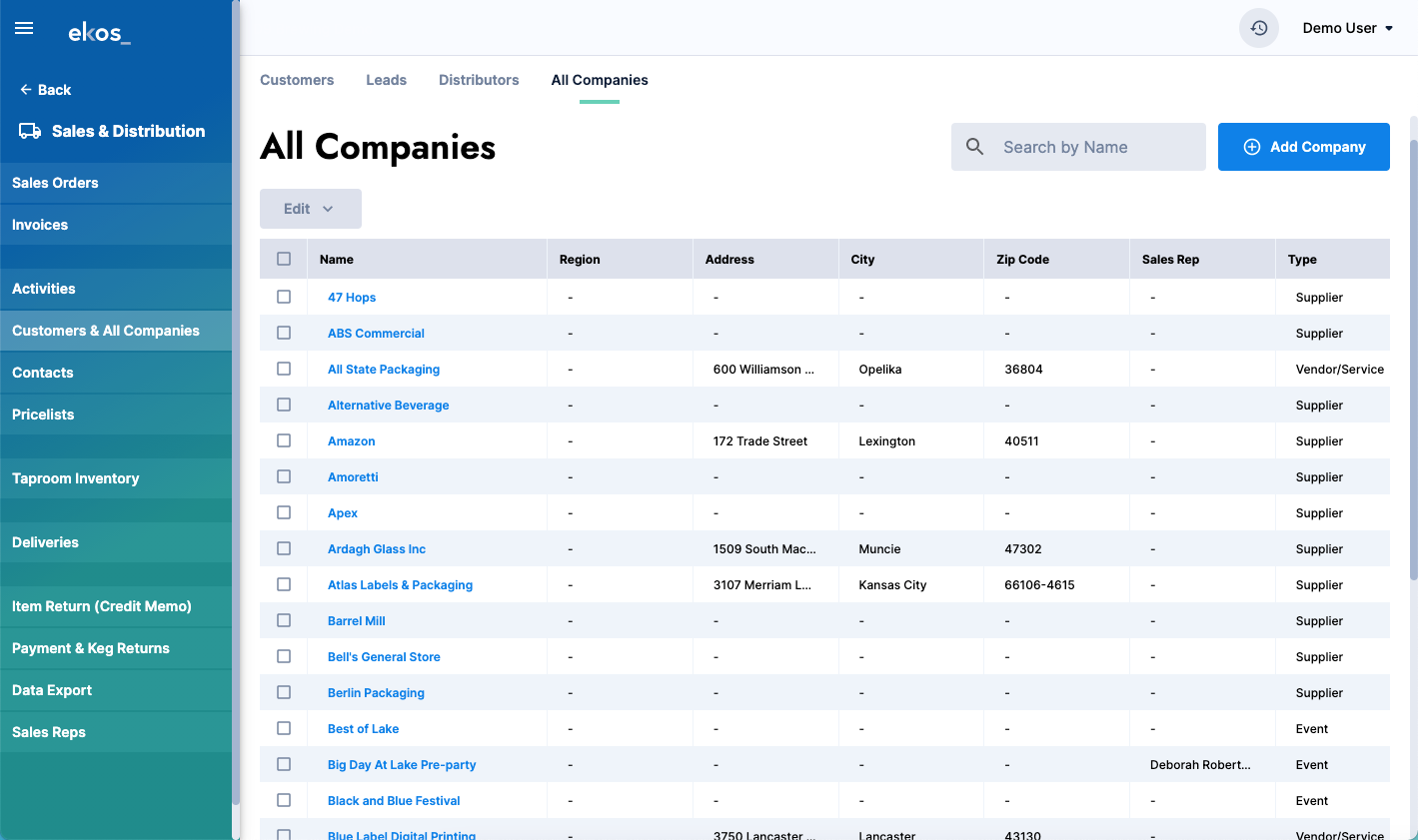
If you want to be able to quickly create sales orders and invoices as needed, customer information needs to be documented and easily accessible. Housing customer data — like contact information, typical order size, transaction history, and relevant sales activities — helps maintain consistency even if you have turnover on your sales team. With a winery CRM or sales module, any team member can quickly see when a customer was last contacted and follow up if needed.
At one level, documenting customer information is about staying organized (and staying sane). But ultimately, your goal is to boost sales. You can do that by setting expectations with your sales representatives about how often they should be following up with existing customers for new orders. With the information readily accessible, they don’t have to go digging through their emails or manually search for an old invoice to figure out when they last made contact.
Pro tip: Run reports to find your top customers and make sure your sales reps are nurturing those relationships.
Tip 3: Streamline Sales Order Processing
Once you’re reliably tracking inventory and customer data, you can move onto thinking about actual sales order management. Because, if we’re being honest, those first two “tips” are really non-negotiables if you’re running a brewery or winery sales department.
Managing sales orders becomes overwhelming when your sales reps are fielding random calls and emails from many retailers or distributors that are requesting new orders. If there’s some negotiation required — for example, because a retailer is psyched about your seasonal pumpkin beer but you don’t have the quantity they want — reps end up sending multiple emails back and forth or playing phone tag with the customer before they can actually enter the order. It’s not a good use of their time, period.
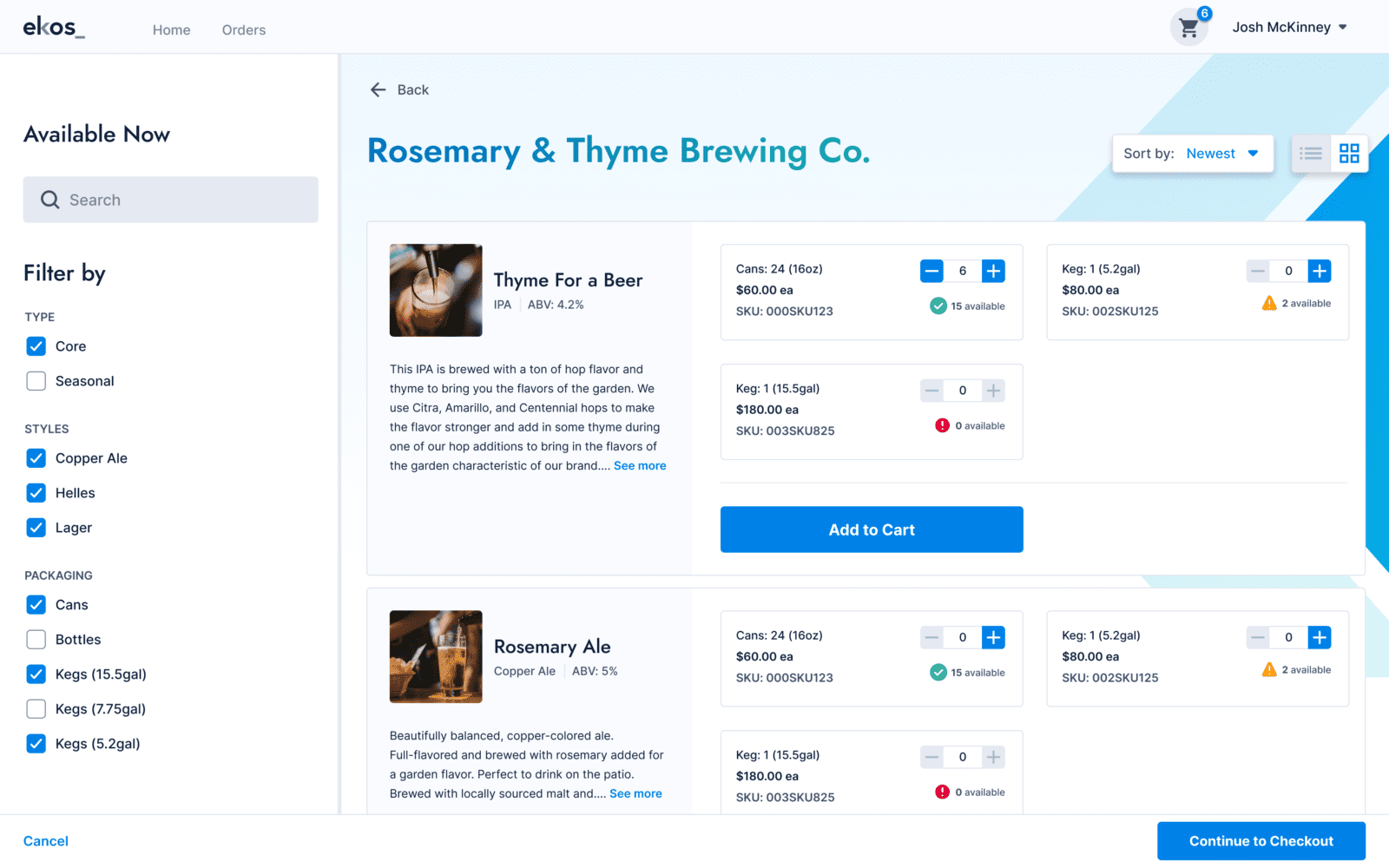
One thing that can help is a digital ordering portal that your customers can log into and directly request orders that all come through the same system for your review. Set your team up for success by specifically allocating inventory to the order portal. This helps eliminate confusion among your team (and your customers) about what inventory is available to sell to which channels. Plus, if you only sell a product in a certain region or to select accounts, you can set up groups of customers and pre-select what can be sold to which groups.
Pro tip: Make the product listings in your order portal look nice! Add photos and descriptions that can help your customers (particularly if you’re self-distributing to retailers and restaurants) understand your products better — and make them more appealing.
Choose the Right Tools for Your Sales Team
Technology isn’t magic, but it’s about as close as it gets when you’re trying to improve efficiency in a business. Using a system like Ekos will give your sales team — and the rest of your brewery or winery staff — a centralized hub to house all relevant inventory, production, and sales information. And with Ekos Order Hub, you can simplify the ordering experience for your retail or wholesale customers and reduce the time your team spends on related administrative tasks.
Ready to ditch complicated manual sales order processing and focus on selling your products? Take a self-guided tour of Ekos now, or contact our team for your personalized 20-minute demo.
